

|
For those of you who may be unfamiliar, many railroads provided what were called "inspection engines" for VIP excursions and inspection tours of their right-of-way. They came in many sizes and configurations. Often, an older engine was retrofitted and sometimes they were built from the ground up to serve this purpose. I'm sure they were quite cozy in the winter, but I bet they were a sweltering ride in the summer. Here ate some pictures show that such things really did exist and were the inspiration for this bash.   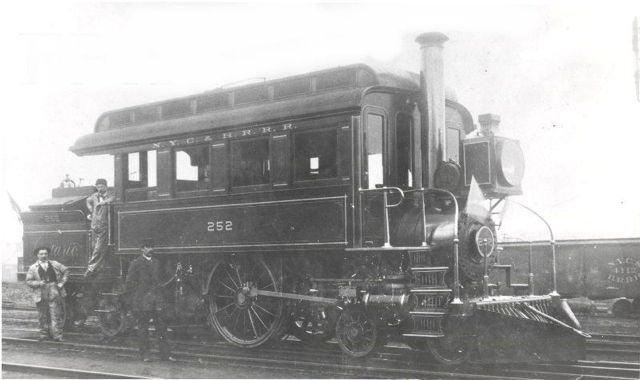 Another common configuration was a 4-2-0 Forney-type.  This is the largest one I've seen so far. 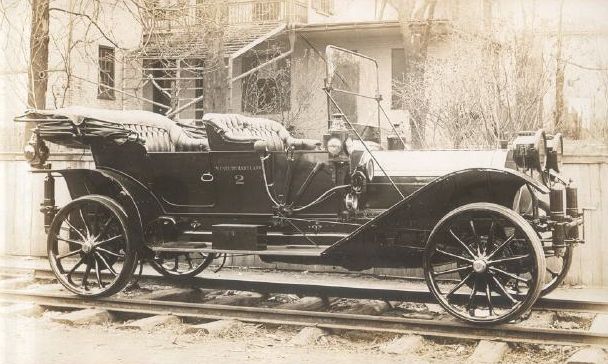 Once the internal combustion engine became available, many railroads switched to something like this to save operating costs. 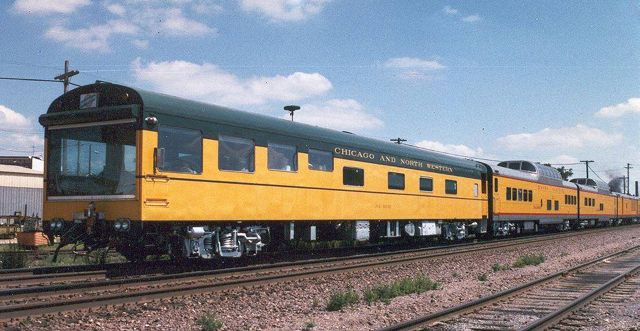 This is how it is done these days. 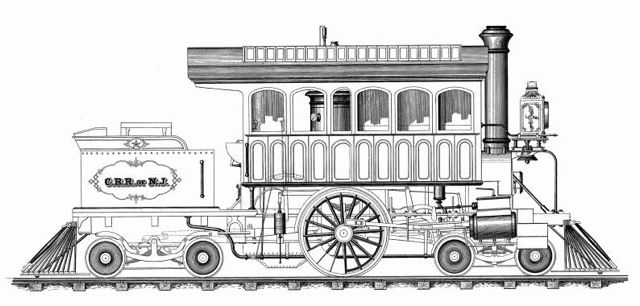 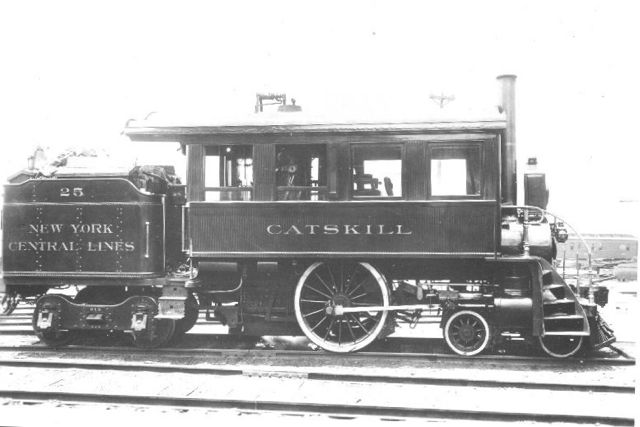 Here's another one from the New York Central, 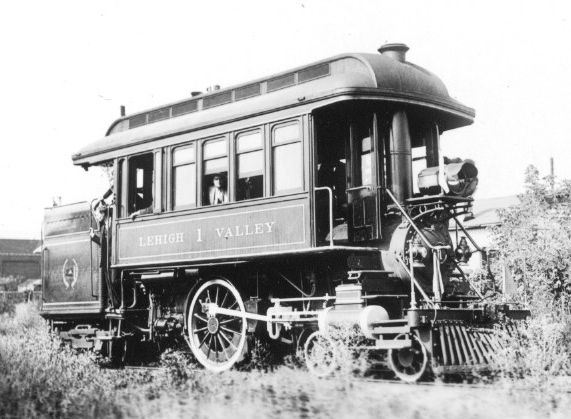 ... and from the Lehigh Valley. 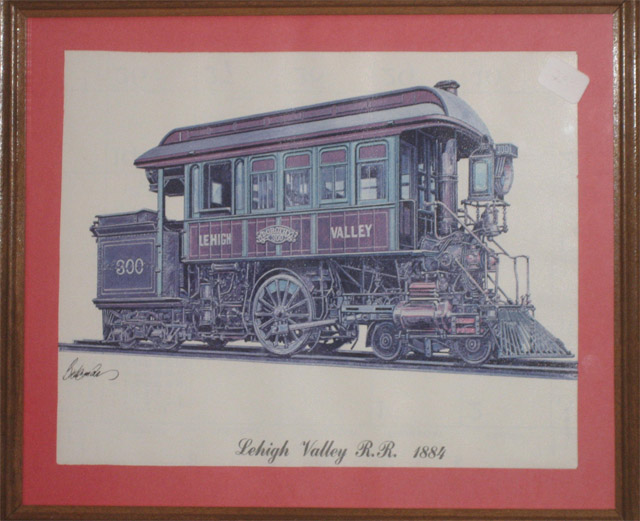 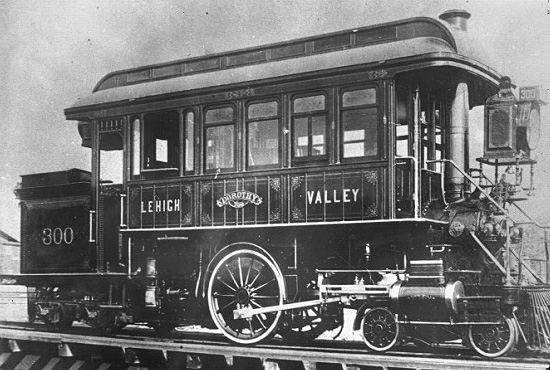 The picture is a line drawing probably taken from this photo: 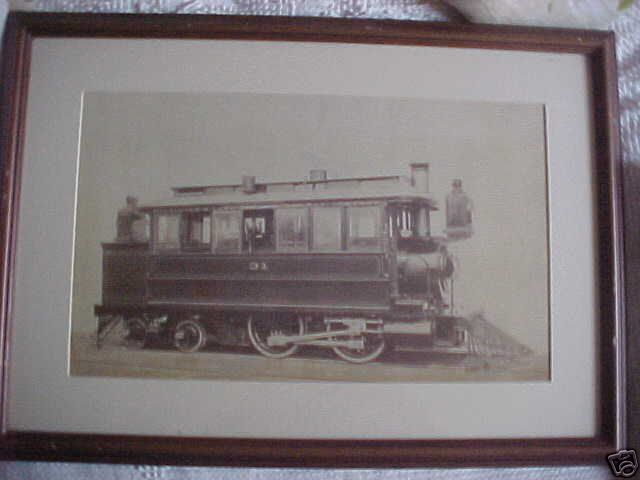 a 0-4-4. and very compact....  This is old #1 hauling business car #20 on the East Broad Top. Note the large windows in the ends of the car. Apparently, hauling the President around the railroad was all that #1 and #20 were required to do. He used them to go and meet pals for dinner - though only in summer I expect. I had a nice Bachmann 4-4-0 wood-burner that didnŐt really fit the concept of operations for my railroad that I nevertheless wanted to use somehow. I also had a Bachmann 1:22.5 coach kit laying around that I didn't really need, so I decided to have some fun with the two. Granted, the above inspection locos were all used on standard gauge railroads and as far as I know there never was such a thing used on a narrow gauge one. But, as I have stated before, I have never been a slave to prototype. So I decided my 1:20.3 scale railroad would have one. Here's the result:   Some quarter shots...   Going away...  Head on...       The coach body provides lots of room inside the cab...  Here is a shot of a couple of them on my workbench and some close-ups of them in the inspection engine:     On this part of the tender all I did was shorten the retaining chains a bit and swap the coils for leaf springs on the trucks.     I added a brake system and fenders for the drivers and additional air tanks on both sides.  The Stephenson valve gear is pretty much stock - just repainted.  The stock whistle and pop valves were extended up through the roof. This will become my "traveling loco" - so I can run as a guest operator on other's railroads without having to haul a whole train around with me. |